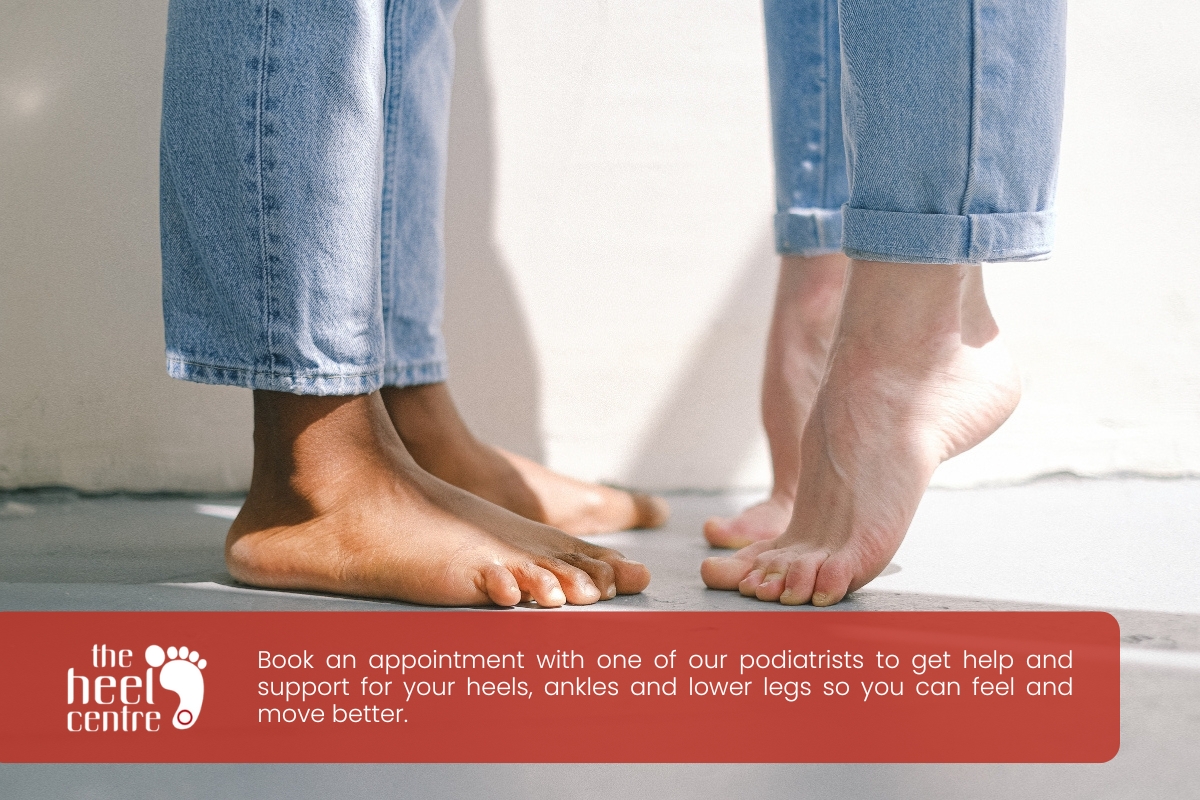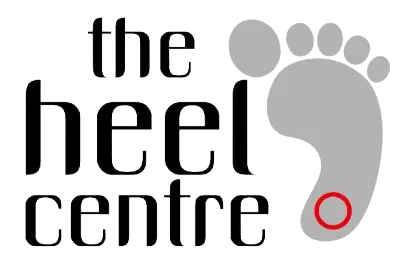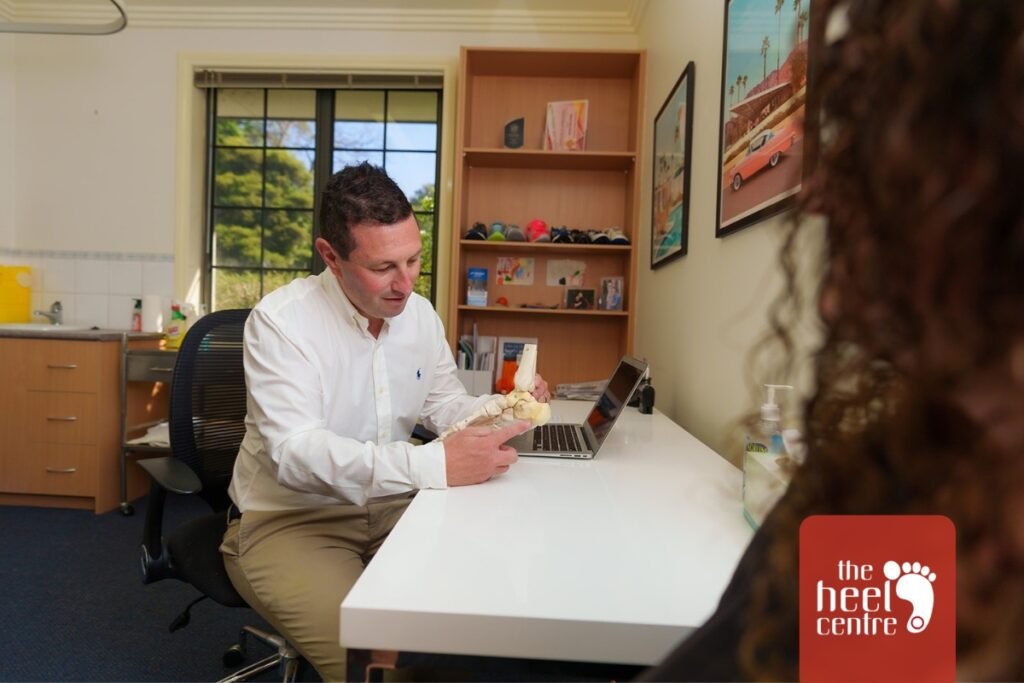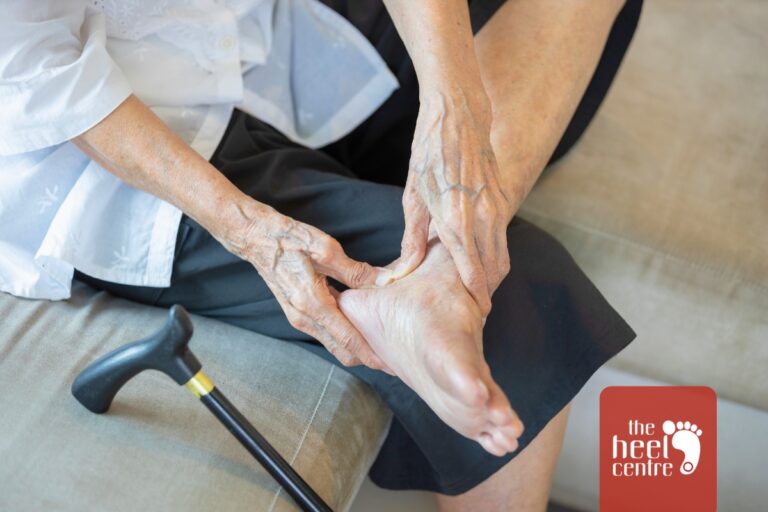Have you ever struggled with chronic pain, feeling as though you’ve tried every treatment option with little relief? What if there was a therapy that could jumpstart your body’s natural healing process and bring you the comfort you’ve been missing?
Chronic pain affects millions of people worldwide, impacting daily life and overall well-being. Traditional treatments often rely on medication or surgery, which can be expensive and carry potential side effects. Amidst the myriad of available options, prolotherapy is emerging as a promising alternative that is gaining attention in the medical community.
Prolotherapy, also known as proliferative therapy or regenerative injection therapy, is a nonsurgical treatment aimed at relieving pain and repairing musculoskeletal tissues. For those considering prolotherapy, understanding its benefits and setting realistic expectations is crucial.
What is prolotherapy?
Prolotherapy, short for proliferation therapy, is a treatment that involves injecting a solution into ligaments or tendons to stimulate healing and reduce chronic pain. While it’s been around for decades, it’s still considered somewhat controversial, and research is ongoing.
How does prolotherapy work?
- The theory: Proponents of prolotherapy believe that chronic musculoskeletal pain often stems from weakened or injured ligaments and tendons. These tissues have a limited blood supply, which can hinder their natural healing process.
- The injection: The injected solution, typically dextrose (a type of sugar) or other irritants, is intended to create a localised inflammatory response. This controlled inflammation is thought to trigger the body’s natural healing cascade, leading to the proliferation (growth) of new collagen fibres and strengthening of the affected tissues.
- The process: Multiple injections are usually administered over several sessions, spaced weeks apart. The goal is to gradually reinforce the weakened structures and alleviate pain.
Common conditions treated with prolotherapy
Prolotherapy is used to treat a variety of chronic musculoskeletal conditions, including:
1. Chronic pain
Prolotherapy can be effective for managing chronic pain, especially in conditions like arthritis, fibromyalgia, and chronic back pain.
2. Joint pain
It can help with various types of joint pain, including knee pain, hip pain, and shoulder pain.
3. Ligament and tendon injuries
Prolotherapy is often used to treat ligament and tendon injuries, such as tendinopathy, tennis elbow, and plantar fasciitis.
4. Sports injuries
Prolotherapy can aid in the recovery from sports injuries by promoting tissue regeneration and strengthening weakened areas.
5. Osteoarthritis
Prolotherapy can help manage pain and improve function in people with osteoarthritis, particularly in the knees.
What are the benefits of prolotherapy?
1. Pain relief
Many individuals report a reduction in chronic musculoskeletal pain after prolotherapy.
It can be used to address pain in various areas, including the back, knees, shoulders, and other joints.
2. Tissue repair and regeneration
The injections are intended to trigger a localised inflammatory response, which, in theory, promotes the growth of new collagen and strengthens weakened tissues.
This strengthening of ligaments and tendons can provide better joint stability.
3. Non-surgical approach
Prolotherapy offers a less invasive alternative to surgery, which can be appealing to those seeking to avoid surgical procedures.
Typically, it involves minimal recovery time compared to surgery.
4. Increased joint stability
Prolotherapy treatment enhances joint stability by strengthening ligaments and tendons, reducing the risk of injury and improving mobility.
5. Improved function
Enhanced stability and reduced pain can lead to better overall function and mobility.
What to expect during the prolotherapy treatment process
1. Consultation and evaluation
- A thorough evaluation by a qualified healthcare professional is crucial to determine if prolotherapy is appropriate.
- This may involve a physical examination, review of medical history, and possibly imaging studies.
2. Prolotherapy treatment sessions
- Prolotherapy typically involves a series of injections, usually spaced several weeks apart.
- The number of sessions varies depending on the individual’s condition and response to treatment.
3. During prolotherapy injections
- Some discomfort or pressure may be felt during the injections.
- Local anaesthetic is often used to minimise pain.
4. After proplotherapy injections
- Some soreness, swelling, or stiffness at the injection site is common and usually resolves within a few days.
- Post-treatment guidelines will be provided, which may include rest, ice application, and avoiding certain activities.
What is the success of prolotherapy?
Many clinicians report that a significant percentage of patients, often cited as 80-90%, experience at least a 50% reduction in pain.
Individual results can vary widely, with some patients reporting complete pain elimination, while others experience more moderate relief.
The success of prolotherapy can depend on several factors, including the condition being treated, the individual patient, and the skill of the practitioner.
Some patients experience long-term or even permanent pain relief, while others may require periodic maintenance treatments.

Final thoughts
Exploring prolotherapy could be the step towards a pain-free life you’ve been searching for. With its non-invasive approach and focus on healing, prolotherapy offers a fresh perspective on dealing with chronic pain and joint issues.
Remember, it’s not just about immediate relief; it’s about long-term healing and wellness. So, dive into the world of prolotherapy and unlock a new chapter of health and vitality.
The needle might be small, but the benefits could be huge!
Book an appointment with one of our podiatrists to get help and support for your heels, ankles and lower legs so you can feel and move better.
Author
-
 Founder, Lead Podiatrist
Founder, Lead PodiatristAdam Steinhardt is a leading podiatrist who is passionate about treating heel pain and foot and ankle injuries. With years of experience working with local sports teams, elite athletes, and the general public, Adam understands the demands that an active lifestyle can place on your feet.
View all posts





